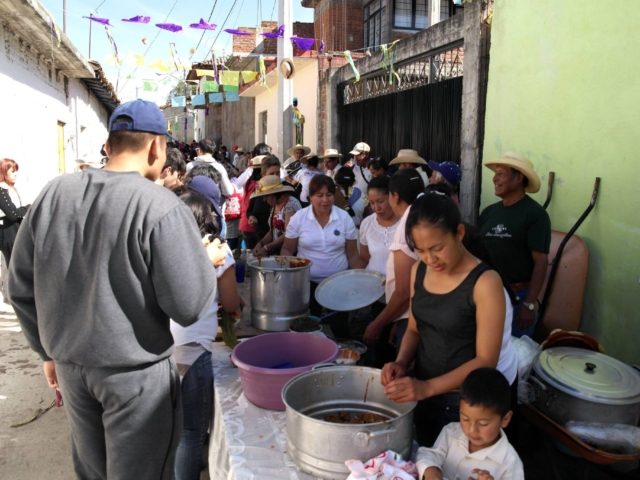
Adress
Pátzcuaro, Michoacán, México.
GPS
19.513439591368, -101.60920143127
KNOW MORE PLACES
VISITA OTRAS LOCALIDADES
Every year since 1983, the Purépechas of Michoacán celebrate the New Year on the night of February 1 and 2, with the ceremony of lighting the New Fire, which dates back to the pre-Hispanic period.
According to the Purépecha calendar, the year consists of 18 months of 20 days each and begins on these dates. The ritual is carried out each time in a different town, which receives the Old Fire from the community that guarded it throughout the previous year, and lights the New Fire that remains under its care until it is delivered to the next location.
The celebration of the Purépecha New Year, which had ceased to take place since the times of the Conquest, was rescued from pre-Hispanic history by a group of Purépecha intellectuals and social activists in 1983 with the intention of recovering their roots, their traditions and revaluing the identity of their people.
Between the night of February 1 and the early morning of February 2, the stars of the constellation Orion are at their highest point. This is the signal that the time has come to make offerings to Kurhíkuaeri, the god of the Sun and fire.
The first time it was held in Tzintzuntzan, and since then it has been held every year, being a very important element for the strengthening and cohesion of the Purépecha people.
“Even though the New Fire ceremony is the most representative of this indigenous people, it is a reflective ceremony, not a religious or political one. Some of the objectives are to rescue the collective memory and all those cultural elements of the past, such as the ancient Purépecha tradition of transmitting knowledge orally from one generation to another,” highlights Patricia Terán Escobar, researcher at the National Institute of Anthropology and History (INAH).
Este 2026 el Fuego Nuevo será trasladado desde Santa Clara del Cobre hasta Tigambato. El consumo de alcohol está estrictamente prohibido.
















